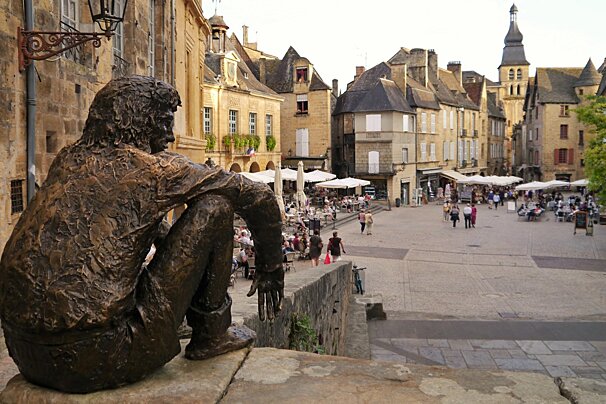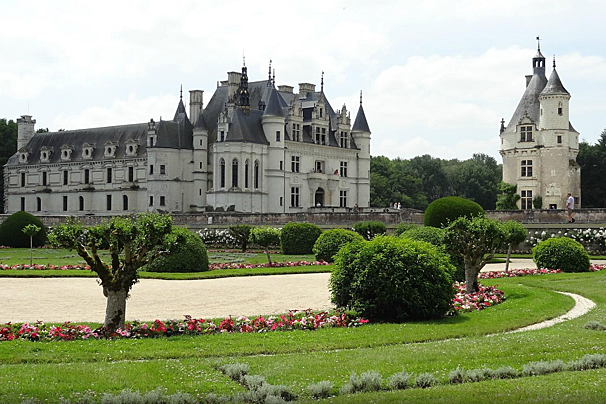Legal
Copyright © SeeTheWorld 1998-2025. SeeLoire.com is not a travel agent nor tour operator, nor the end supplier.
Read more
Unless otherwise specified, prices shown are a guide only and, for your convenience, may have had
calculations applied to them to give approximate comparisons and estimates, with regards to other similar
prices listed, and/or currency rates which may fluctuate. There is no guarantee that prices are updated
constantly, in real-time, nor that any offers shown are still available. Prices shown may only be available
as part of a booking of a particular duration or offer, and may have restrictions or qualifying requirements
and/or dates. Prices can only be confirmed at time of booking with the end supplier, including any extras,
deposits, fees, taxes, surcharges, and/or miscellaneous or others charges.






